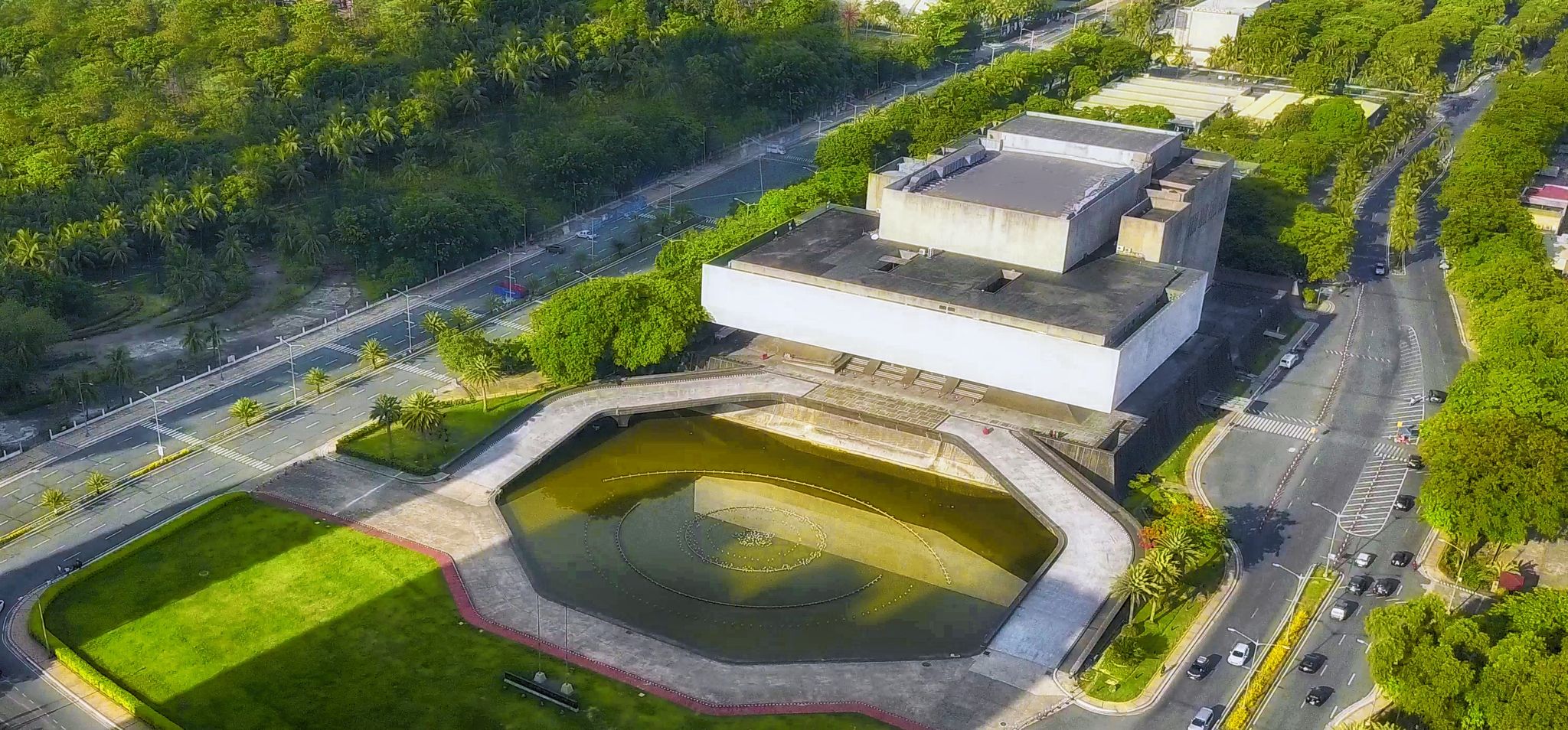
The Cultural Center of the Philippines (CCP) has been on one fabulous ride of evolution and resilience since it first threw open its doors on Sept. 8, 1969. In no time, CCP strutted onto the scene as the ultimate hotspot for Philippine arts and culture, kicking off with a bang—195 performances in its debut year, including 35 dazzling international acts.
Fast forward to today, CCP’s programming is nothing short of a cultural feast, dishing out around 800 to 900 events every year. From shows to training sessions, it becomes a smorgasbord of artistic treats that keeps both Filipino artists and audiences hooked.
Its reputation as the premier arts institution in the country and neighboring countries remains unshakable, partly because of the passionate leaders and workers who work tirelessly behind the scenes to keep the programming inclusive and empowering.
The inaugural CCP Board of Trustees laid the groundwork for what would become a cultural powerhouse. It was a squad of visionaries, including First Lady Imelda Marcos, historian Horacio de La Costa, S.J., National Defense Secretary Juan Ponce Enrile, businessman Antonio P. Madrigal, civic leader Ernesto Rufino, entrepreneur I.P. Soliongco, and tycoon Andres Soriano, Jr.
In the lead-up to its grand debut, a team of artistic trailblazers got down to work: museum director Robert Chabet, executive director Jaime Zobel de Ayala, theater director Lucrecia Kasilag, assistant theater director Teddy Hilado, auditor Rafael Binaday, deputy director Antonio Quintos, and library director Alejandrino Hufana. They poured their hearts into shaping a center that set the bar sky-high.
“I’ve seen it grow and shine during good times and bad times,” said former CCP president and artistic director Nestor Jardin, reflecting on the CCP’s enduring spirit through various challenges.
By 1979, CCP was ready for a major glow-up, expanding its staff from 38 to 122 and adding new divisions to boost its cultural game. And that was just the beginning.
After the rough patches of Martial Law, 1986 brought a significant makeover. President Ma. Teresa Escoda Roxas, artistic director Dr. Nicanor G. Tiongson, and vice-president Florendo R. Garcia led the charge in recalibrating the center’s mission to keep pace with the shifting cultural tides.
In the late 1980s, the CCP Main Theater was renamed Tanghalang Nicanor Abelardo, the CCP Little Theater became Tanghalang Aurelio Tolentino, and Bulwagang Gantimpala was changed to Tanghalang Huseng Batute. Galleries were also renamed to honor artists like Fernando Amorsolo and Guillermo Tolentino.
By the 1990s, the CCP focused on evolving with the people. The 1993 opening of the CCP Production Design Center under National Artist Salvador Bernal was a key moment. Leadership changes in 1994, with Ma. Paz Lagdameo as chairman and Francisco “Popoy” del Rosario, Jr. as president, set the stage for future developments. When Baltazar N. Endriga and later Nestor O. Jardin took leadership roles, the CCP continued to grow.
Under Jardin, the CCP supported the Philippine Association of Printmakers and inaugurated the Liwasang ASEAN. The 1998 centennial celebrations featured numerous programs and international exchanges.
In 2000, the CCP won a legal victory confirming its ownership of a 62.4-hectare land. The early 2000s saw new leadership with President Gloria Macapagal-Arroyo’s Board of Trustees and the launch of Arts for the People.
Fernando “Tata Nanding” Josef became artistic director in 2002, envisioning the CCP as a bastion of arts and culture. When Josef stepped down in 2008, Jardin resumed his roles. Raul M. Sunico later became vice president and president during the CCP’s 40th anniversary.
In 2011, the Kulo exhibit controversy led to charges and a shutdown. Chris Millado, who took over as artistic director, focused on expanding the CCP’s reach and enhancing its online presence.
Looking ahead, Jardin envisions the CCP becoming self-sustaining while remaining a cultural hub. Josef is optimistic about the CCP’s future impact on arts and culture.
The ongoing renovation of the CCP Main Building promises a renewed era of cultural excellence. Jardin eagerly anticipates its reemergence in 2026, affirming CCP’s steadfast commitment to advancing Filipino arts and culture for generations to come.
